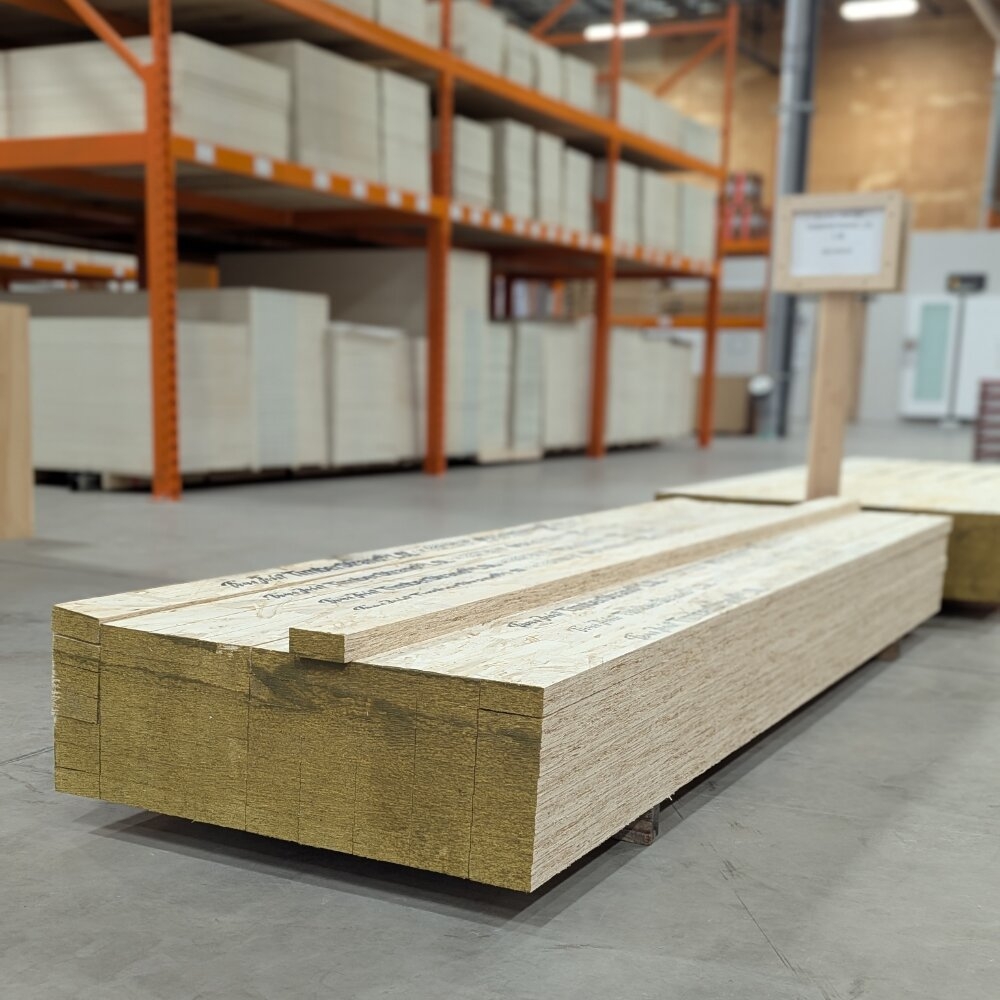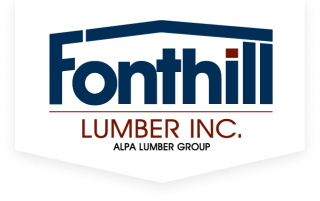5 Reasons Engineered Wood Is Perfect For Residential Projects

In the case of residential projects, choosing the right materials is everything. Now right does not mean picking the fanciest or the costliest products. It means carefully selecting the most suitable materials that contribute to the aesthetics of your project without compromising durability.
Engineered wood is one such product that has rapidly gained popularity in the landscape of home construction. Preferred by builders and designers alike, engineered wood strikes the perfect balance between style, strength and sustainability in a way few materials do.
In this blog, we’ll uncover all the major advantages engineered wood brings when used in residential projects.
1. Exceptional Durability
Engineered wood is dimensionally stable. To explain that further, it means that unlike natural wood which is prone to expansion and contraction as the weather changes, engineered wood maintains its structural integrity irrespective of the season.
The secret lies in the way it's made. Engineered wood’s layered wood veneer and cross-laminated bonded fiber construction can withstand temperature changes. Furthermore, its layered construction is instrumental in minimizing movement, which makes it perfect the moisture-prone areas of a house such as the washroom, the basement or the kitchen.
Its inherent stability ensures that it does not need frequent repairs over time. Floors made of engineered wood stay flat, while cabinets maintain their alignment and walls don’t damage easily.
2. Stylish Yet Affordable
Though gorgeous, solid wood can be expensive, which may not make it a suitable choice for all projects. Engineered wood such as plywood, on the other hand, offers the same warmth and aesthetic appeal of solid wood without costing half as much.
Builders and architects have the flexibility to use engineered hardwood for floors, plywood for cabinets or MDF for wall panels to achieve the same luxurious appearance of solid wood without breaking the bank.
The reason why this type of wood proves to be more affordable is because it is typically made up of a combination of real wood and recycled materials, which makes it more cost-effective to manufacture. It’s generally sold at a lower price and is cheaper to install, though it lasts long, which makes it a great investment.
3. Sustainable & Eco-Friendly
When it comes to residential construction, choosing sustainable materials is no longer a trend but a priority. Engineered wood is a shining example in this regard. As we mentioned before, it is typically made of recycled wood fibers and tree remnants that otherwise would go to waste. Also, only fast-growing trees are used in its manufacturing, thus ensuring the green cover of a particular landscape remains intact.
Since engineered wood efficiently and judiciously uses raw materials, it can aid in the reduction of deforestation. In the case of certain suppliers, it may also come with an FSC (Forest Stewardship Council) certification, which indicates that it has been ethically sourced. Hence, builders who want a green certification project can opt for engineered wood.
4. Incredibly Versatile
Materials like plywood can be used for a wide variety of applications. From wall paneling to furniture and flooring, engineered wood can find its way into every corner of a home. This is because its inherent strength allows it to be shaped into a myriad of creative solutions, such as curved furniture, for example.
It can also be coated with different finishes such as paints, stains, laminates,and veneers, which makes it easy to adapt them to a broad range of design aesthetics. Think rustic, classic or even modern.
5. Easy To Maintain
This is a huge advantage for homeowners. Engineered wood is naturally resistant to moisture and warping, which means it doesn’t require as much care as solid wood does. Plus, since it is generally sealed or finished at the factory before installation, it comes with added protection against cosmetic issues such as scratches and stains. All that it requires in terms of maintenance is routine cleaning with a damp cloth and perhaps occasional refinishing.
Conclusion
For residential projects, engineered wood has been a blessing. Strong and durable, it mimics the beauty of natural wood while cutting down costs. For builders planning their projects, we recommend investing in Fonthill Lumber Inc.’s range of engineered wood. Contact us today to get supreme-engineered wood that’s known for its beautiful finish and exceptional durability.


